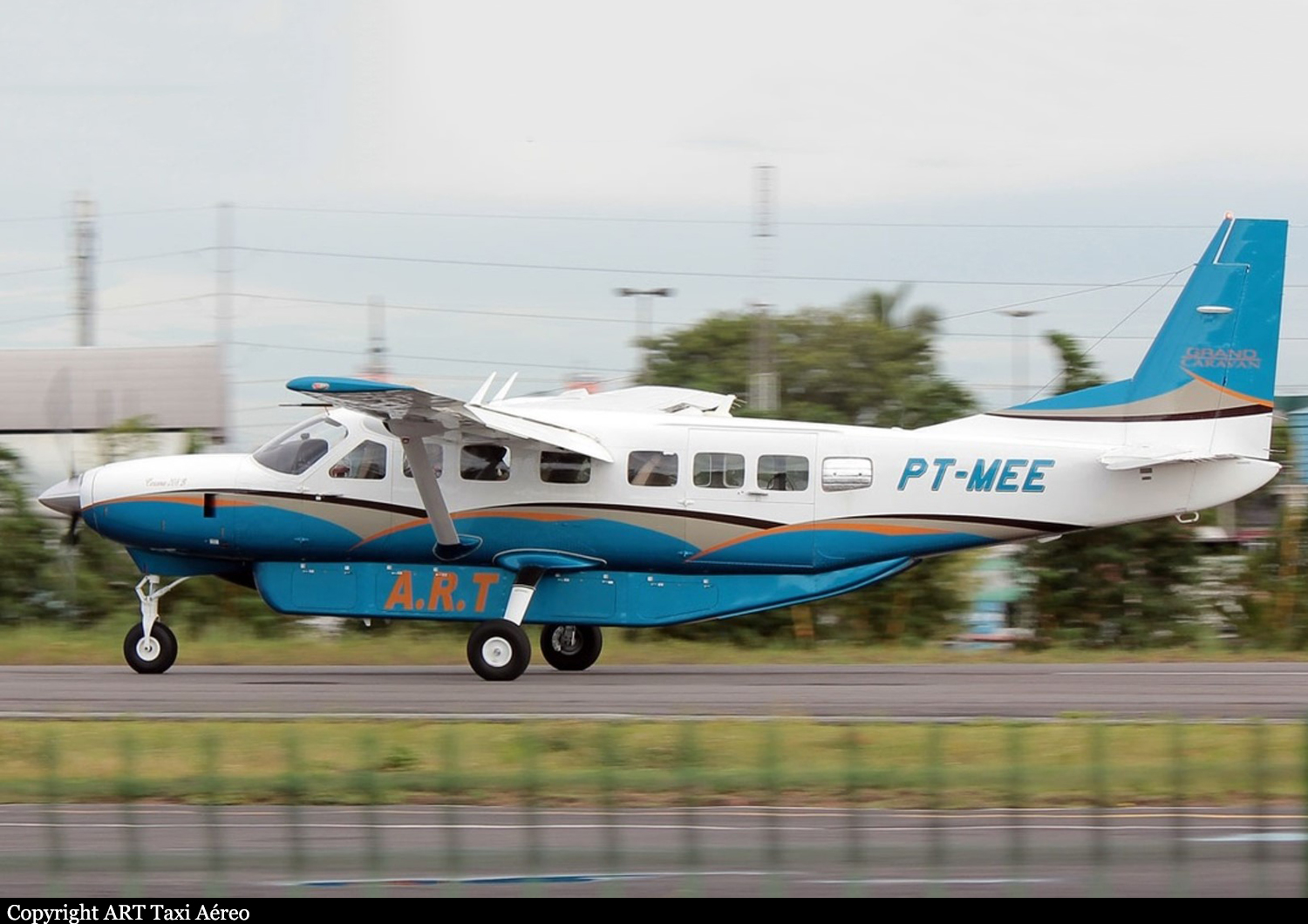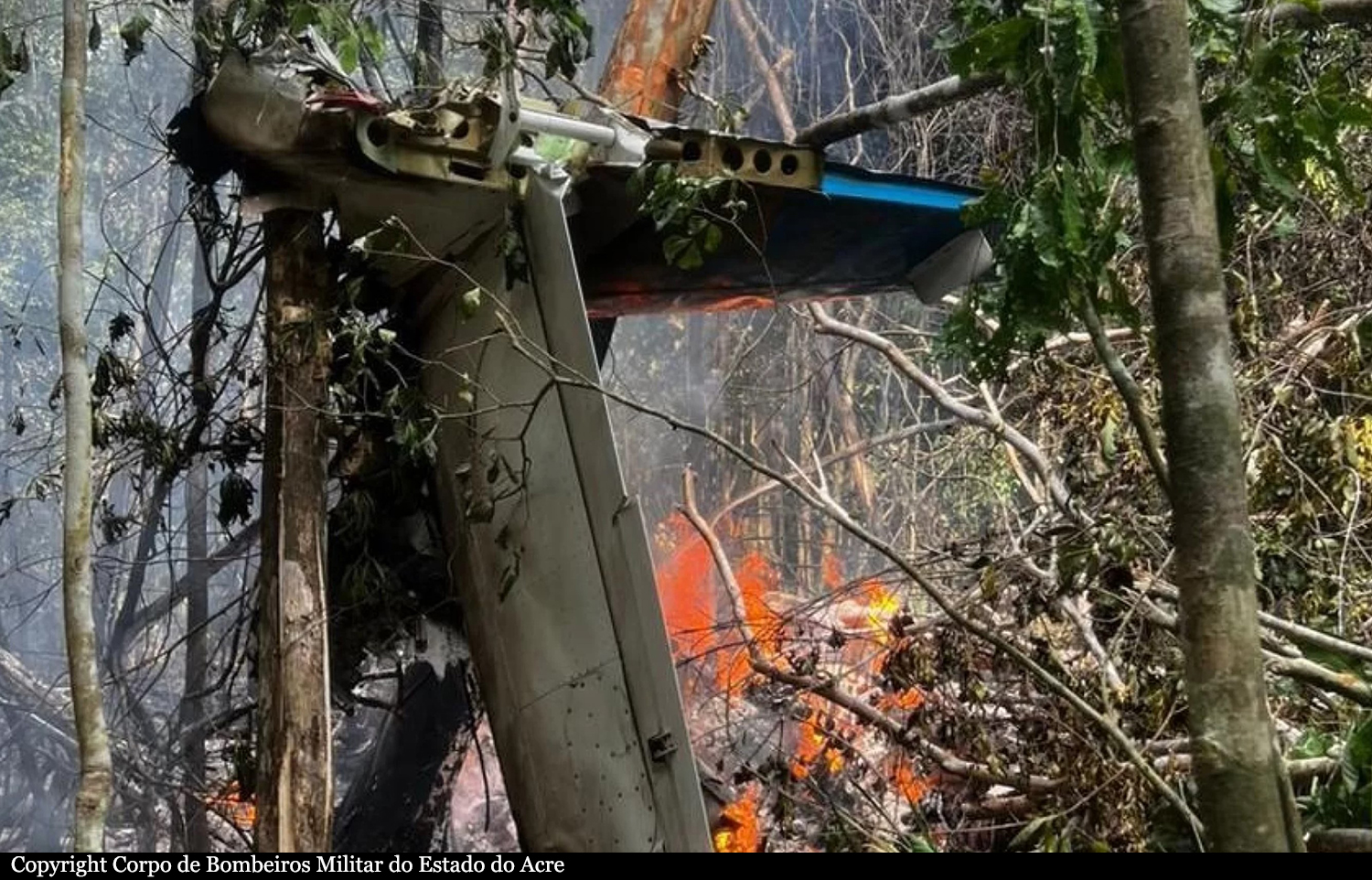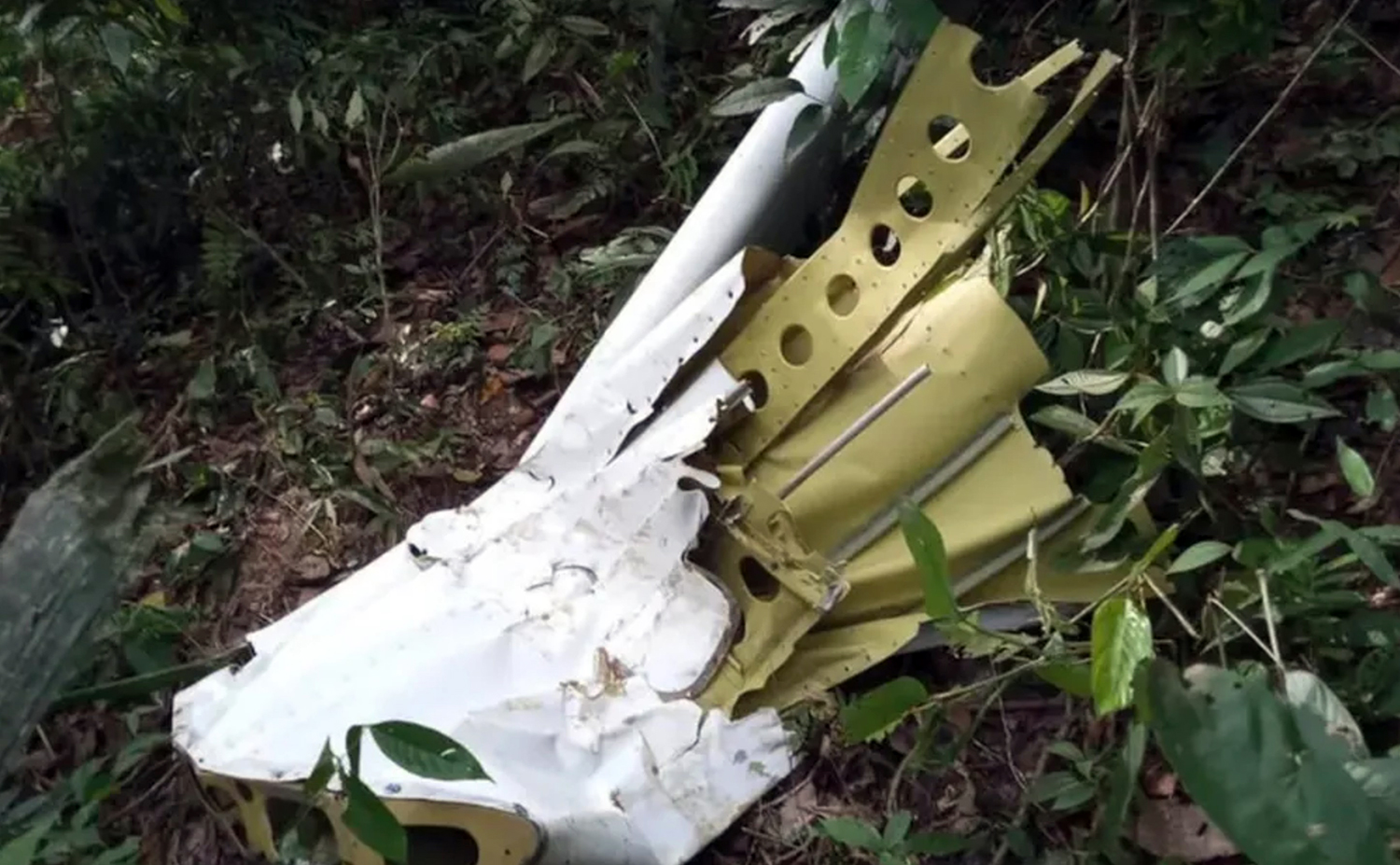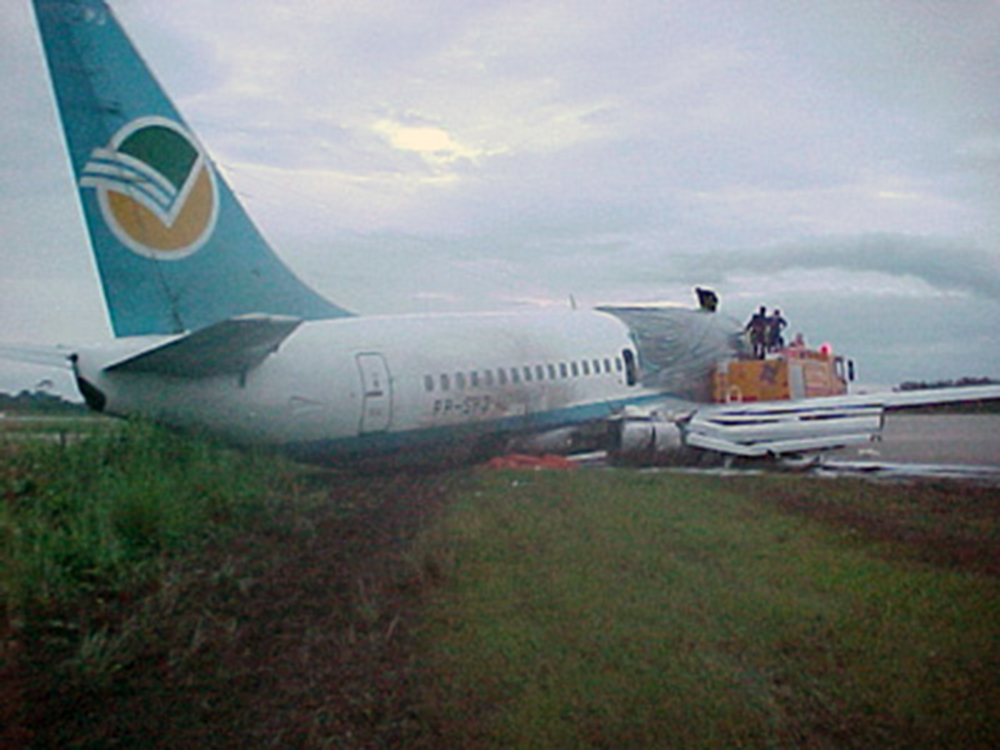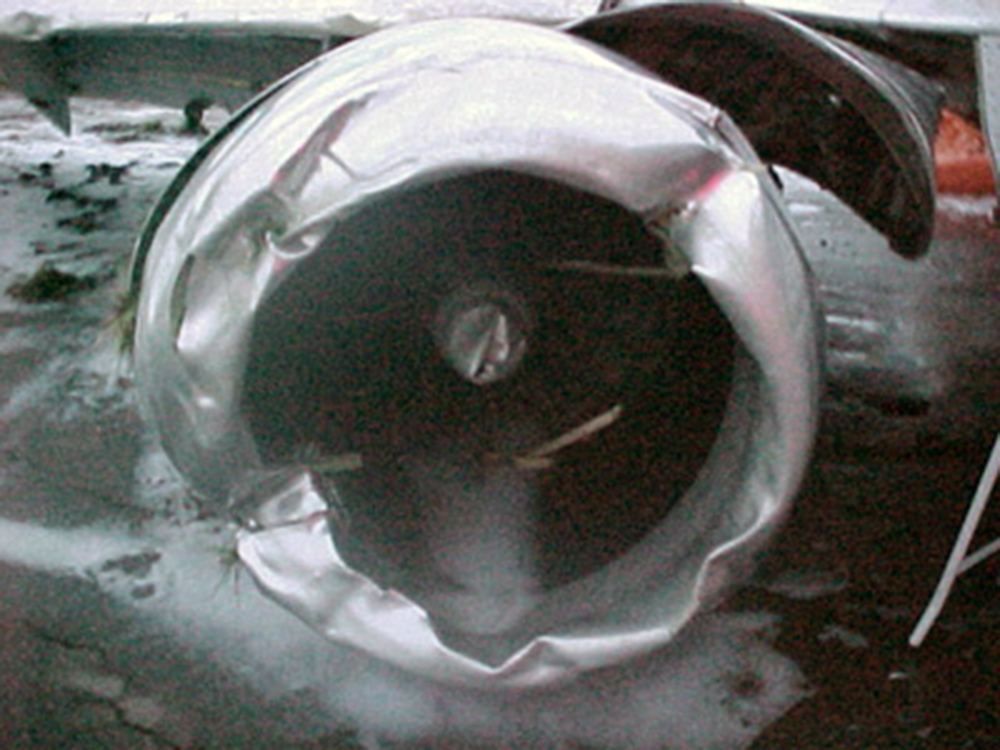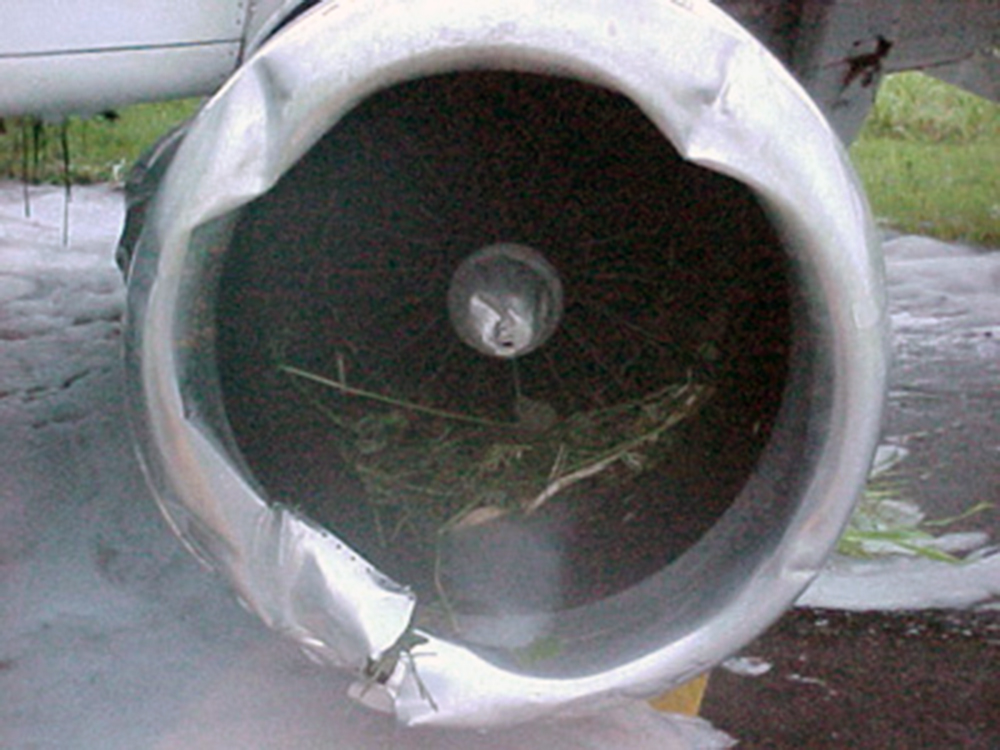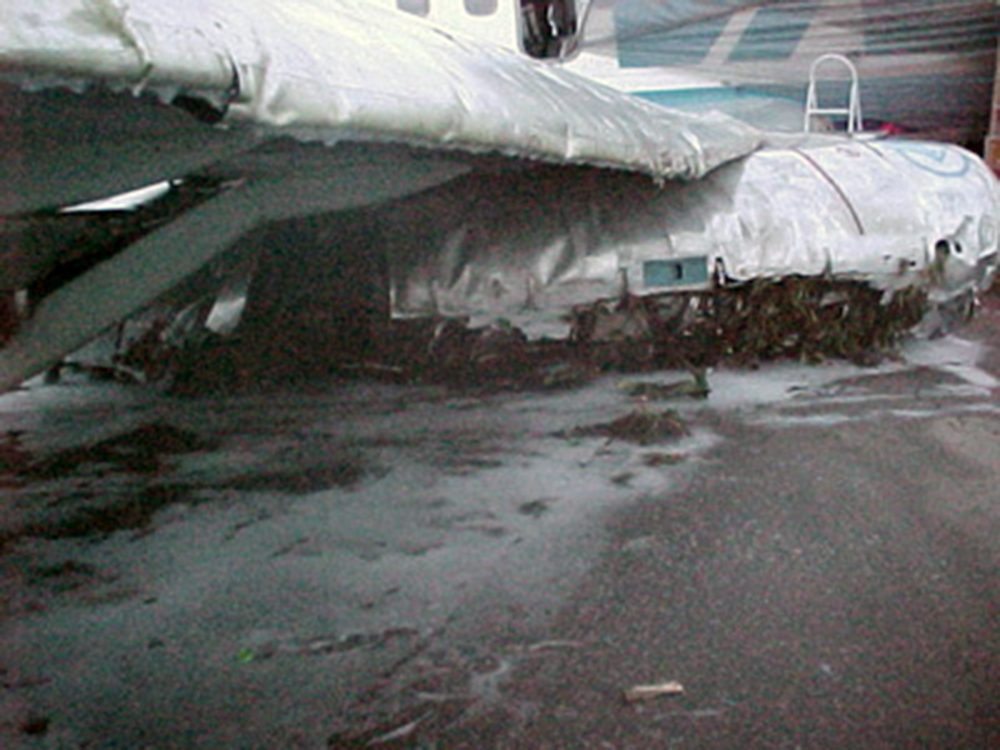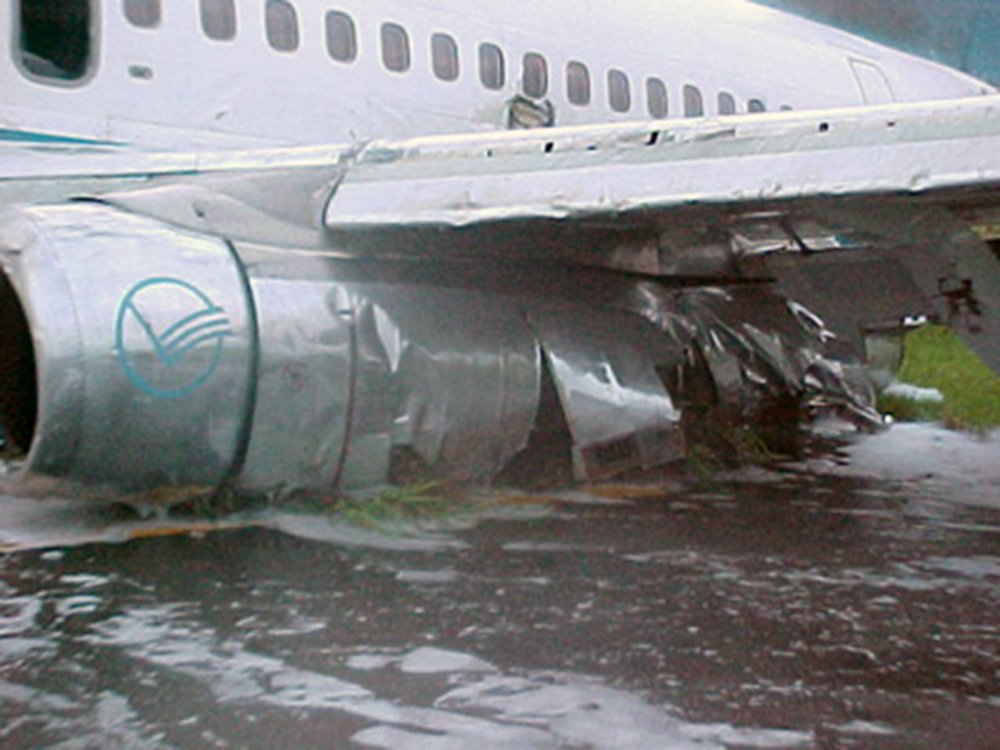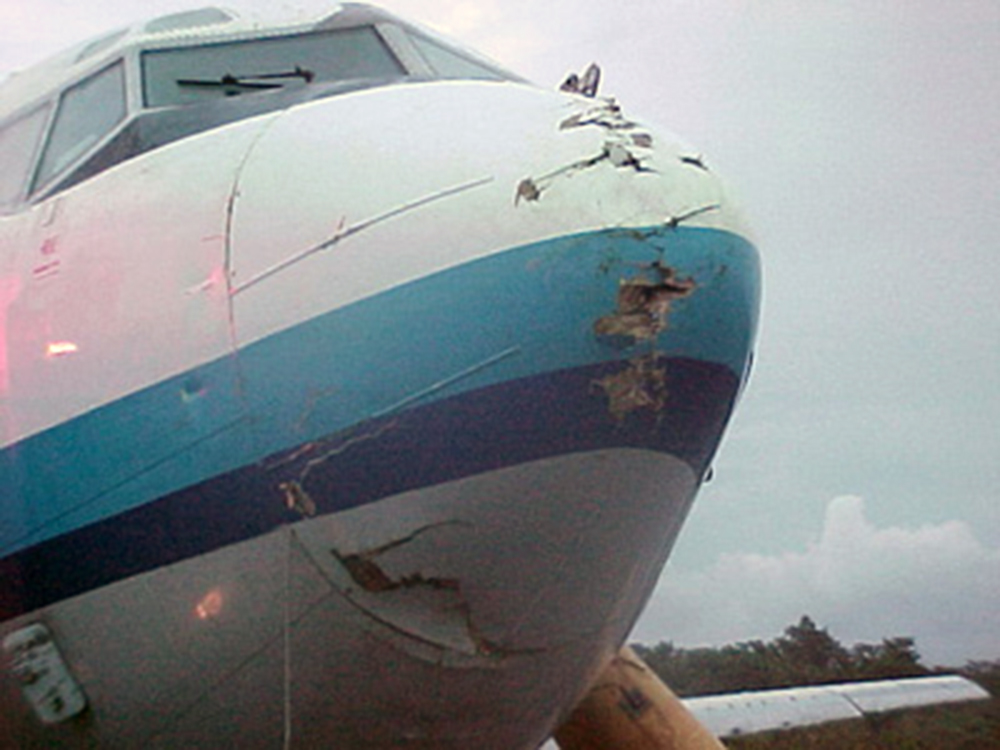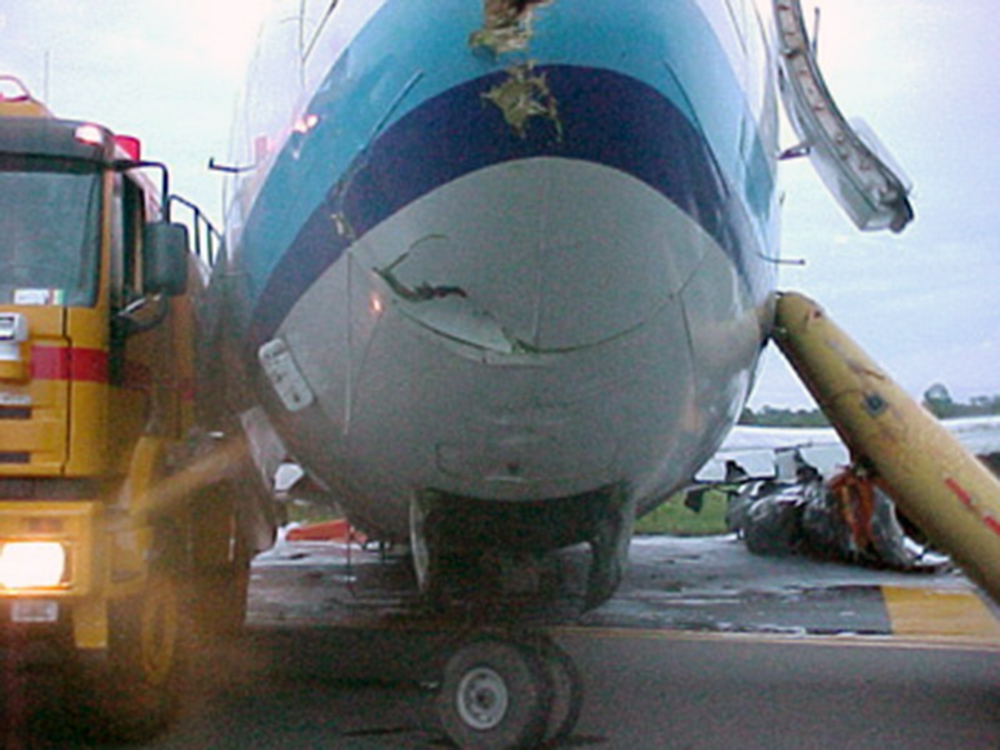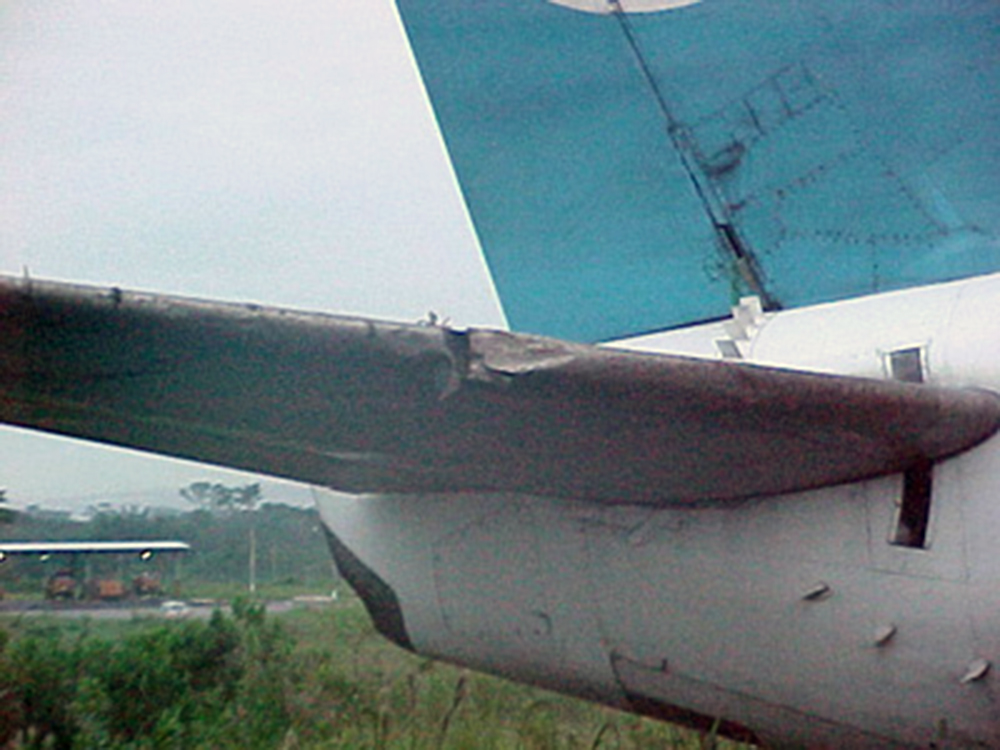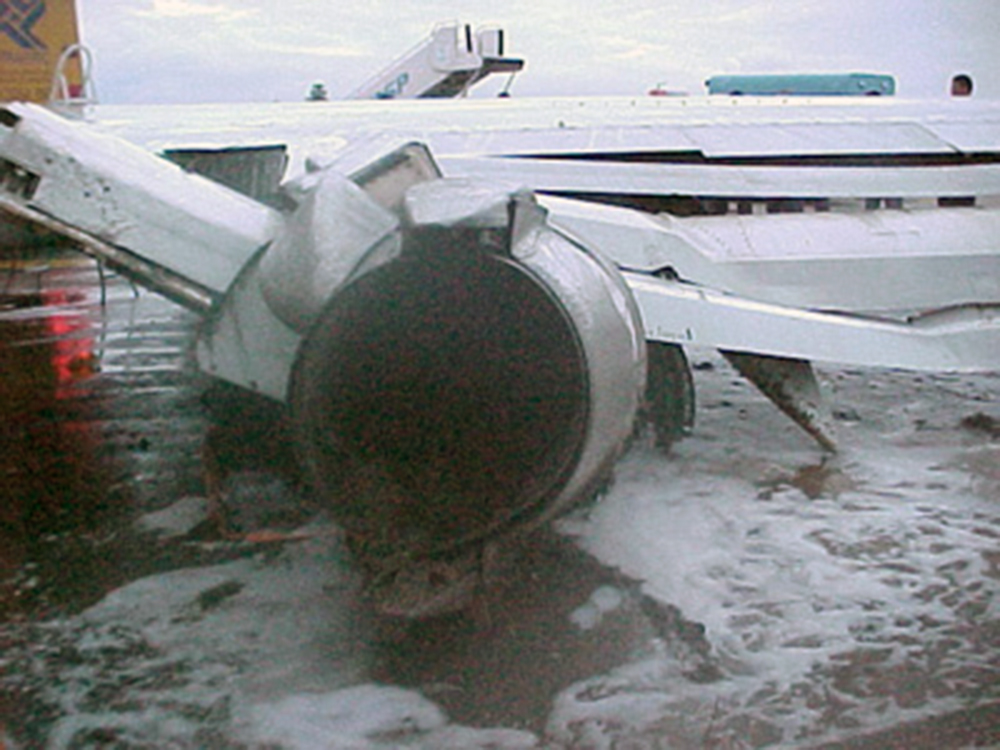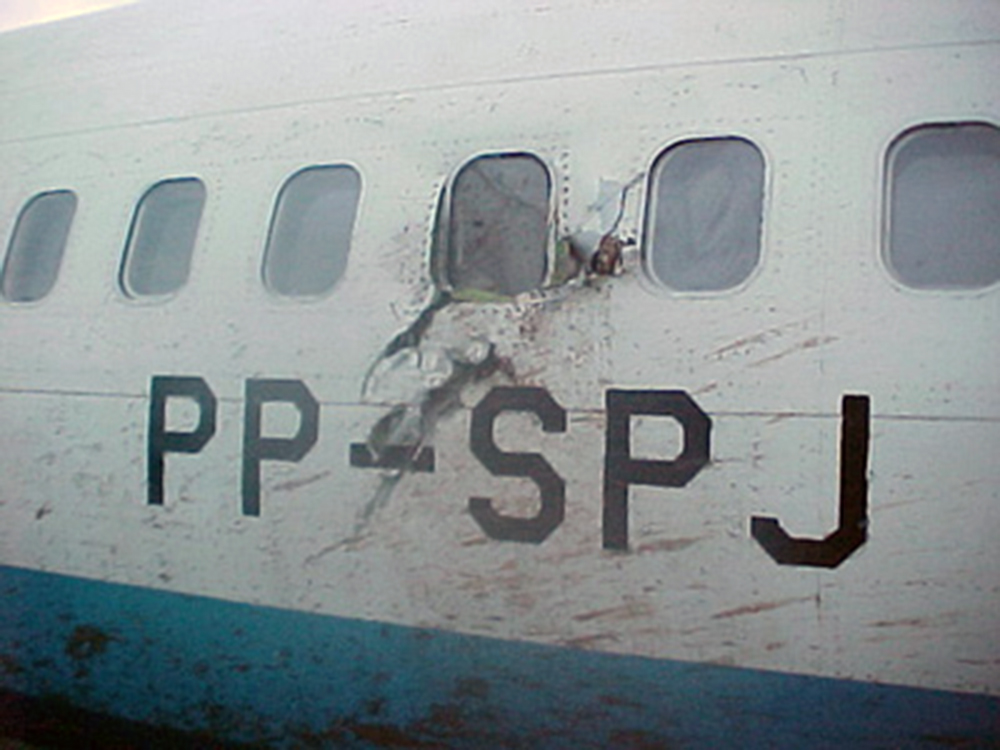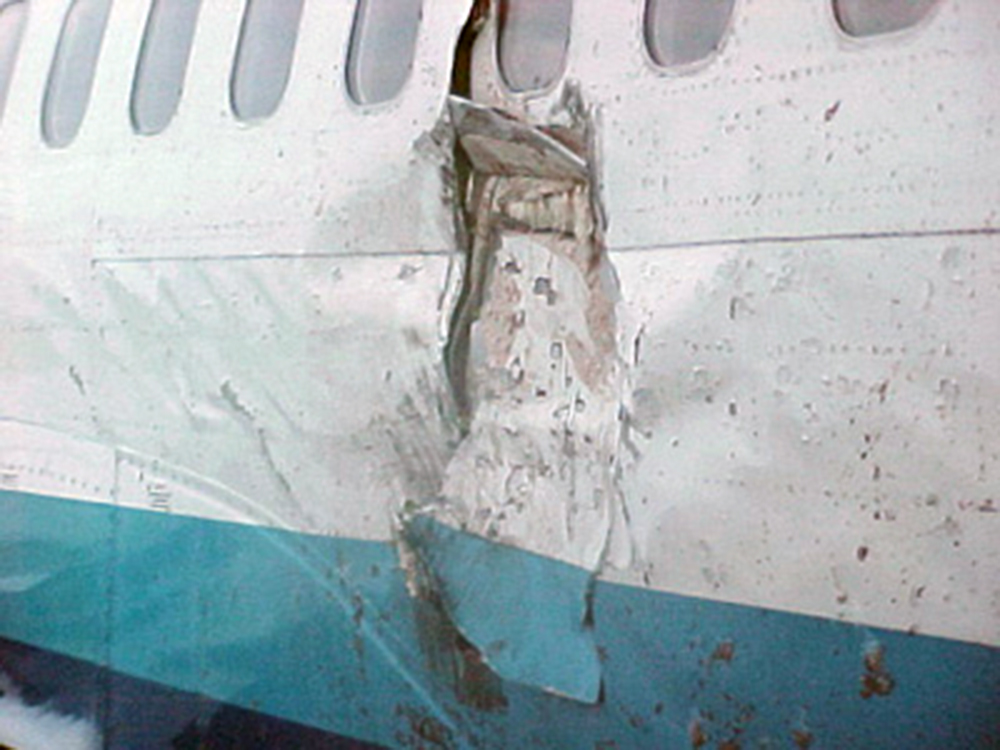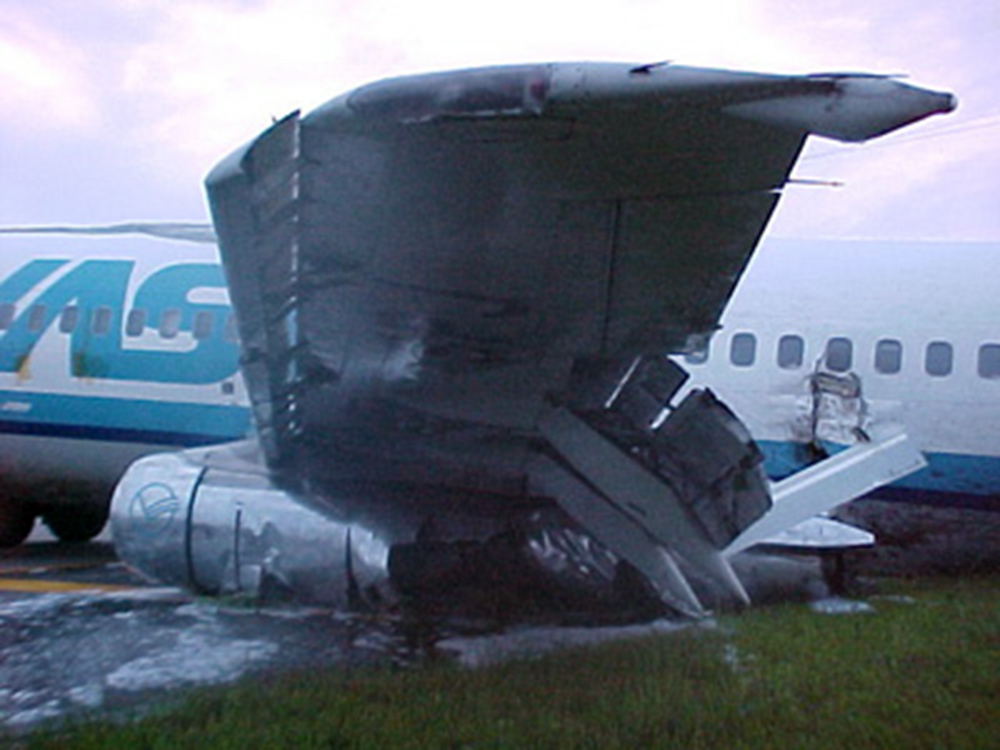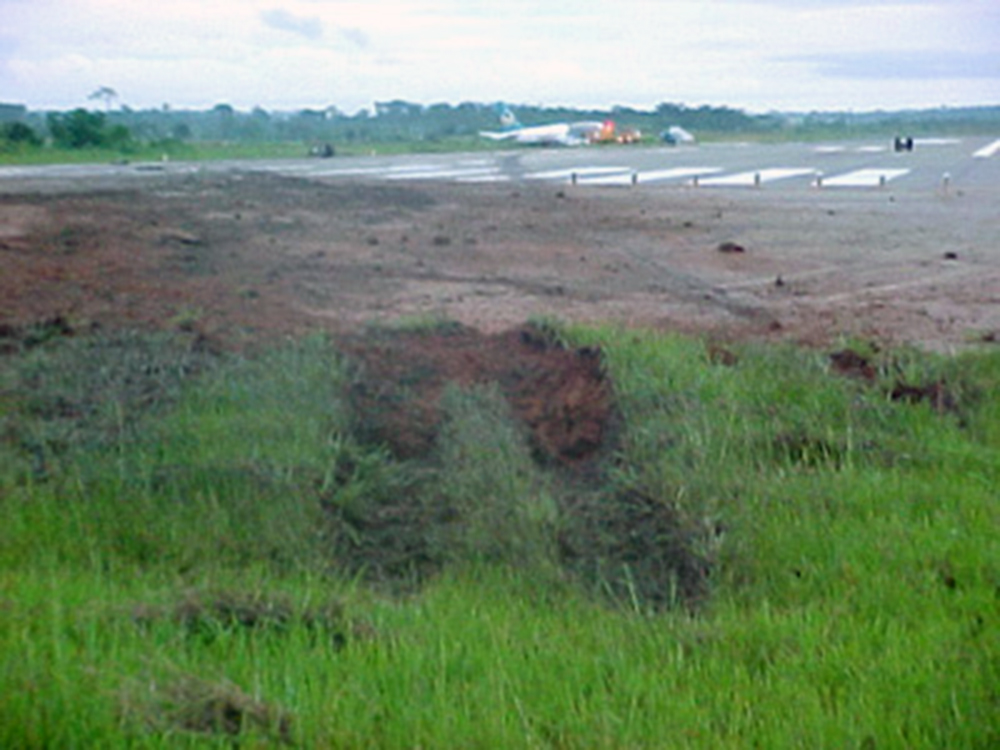Crash of a Cessna 208B Grand Caravan in Rio Branco: 12 killed
Date & Time:
Oct 29, 2023 at 0721 LT
Registration:
PT-MEE
Survivors:
No
Schedule:
Rio Branco – Envira
MSN:
208B-0344
YOM:
1993
Crew on board:
2
Crew fatalities:
Pax on board:
10
Pax fatalities:
Other fatalities:
Total fatalities:
12
Circumstances:
The airplane was on its way from Rio Branco to Envira, carrying two pilots and 10 passengers, among them three women and two children. Shortly after takeoff from Rio Branco-Plácido de Castro Airport, the single engine airplane went out of control and crashed in a dense wooded area, bursting into flames. It was totally destroyed by impact forces and a post crash fire and all 12 occupants were killed.
